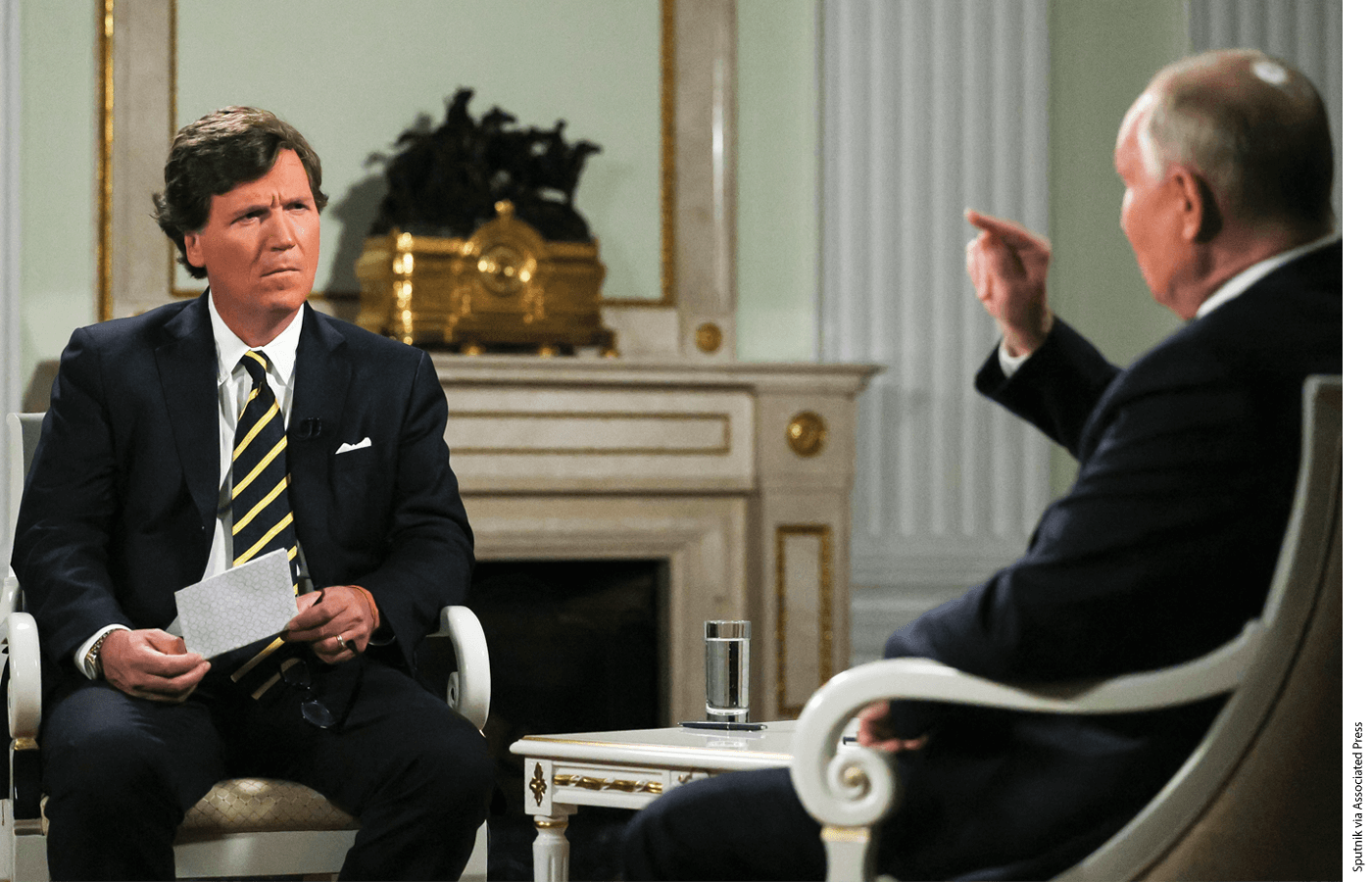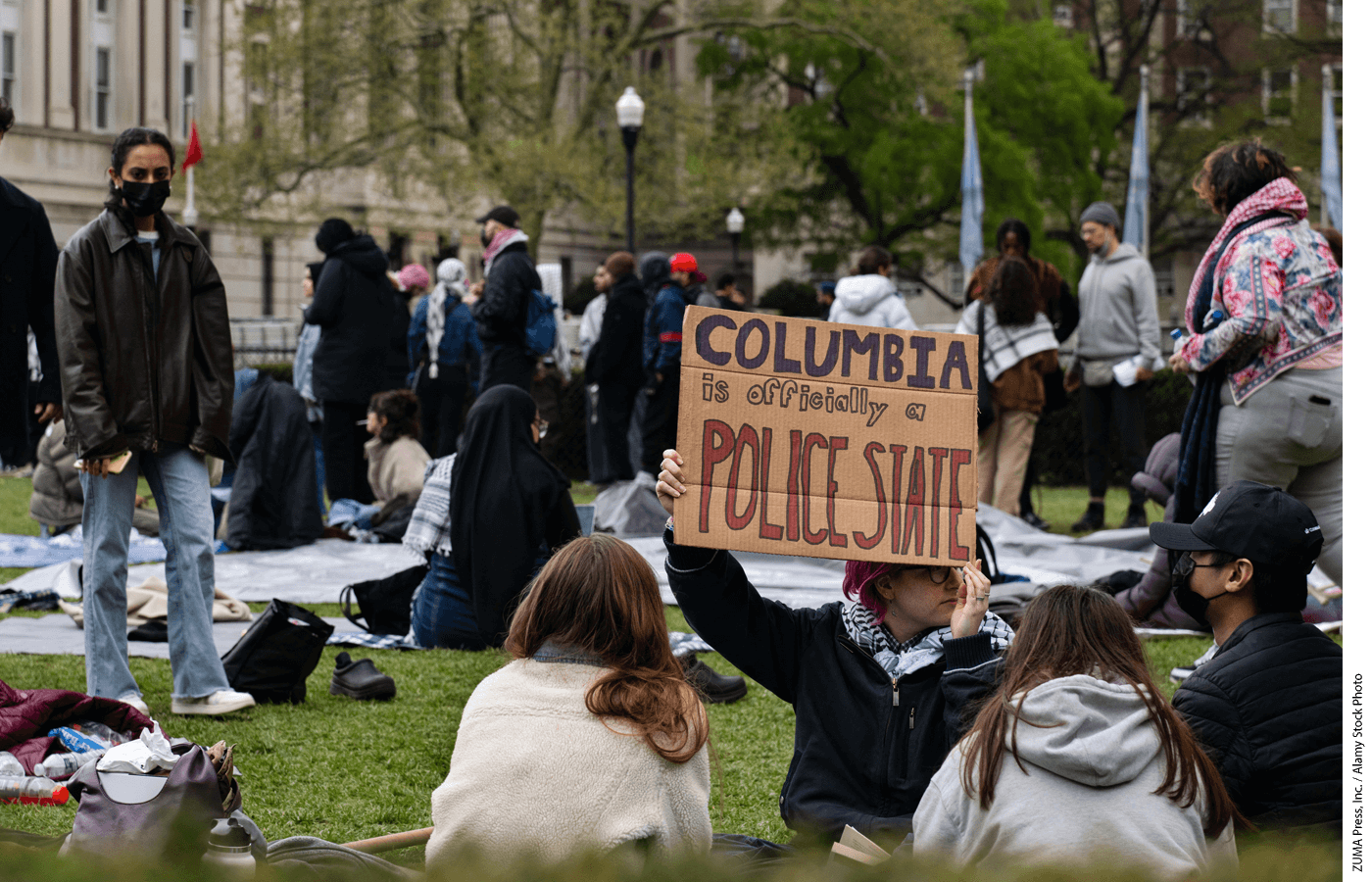
In the past few years, there’s been much talk about the need to teach “true history.” The intuition is a healthy one (even if it’s frequently used to justify teaching politicized caricatures of America the Awful). We should teach “true history,” in all its glory. Both the good and the bad.
More importantly, though, we should convey the complexity of history that can prompt us to reexamine old assumptions, ask new questions, and look upon one another with greater understanding. Kevin Williamson recently offered a masterclass in this at The Dispatch. His subject? Neville Chamberlain, the man most of us know only for having cravenly and catastrophically appeased Hitler in Munich in 1938.
Williamson was triggered by Rep. Jared Moskowitz’s proposed amendment to the Ukraine aid bill which would’ve officially renamed the office of Putin apologist Rep. Marjorie Taylor Greene the “Neville Chamberlain Room.” Williamson deemed Moskowitz’s gibe a “juvenile insult.” “Say what you will about Marjorie Taylor Greene,” he wrote, “she is no Neville Chamberlain.”
But Williamson didn’t mean that the way you probably think. As he explained:
Neville Chamberlain was an honorable and decent man, a patriot and a statesman who led the United Kingdom during the first months of World War II before serving honorably in Winston Churchill’s war cabinet for the few months he had left to live before dying of cancer . . . When Churchill, acting on behalf of the king, offered the dying Chamberlain the Order of the Garter, Chamberlain declined. “I prefer to die plain ‘Mr. Chamberlain,’ like my father before me, unadorned by any title,” he said.
Williamson paused, to drolly add his refrain: “Marjorie Taylor Greene is no Neville Chamberlain.” He went on to note that Chamberlain came late to national politics and was nearly 50 when first elected to the House of Commons. During World War I, Chamberlain had been mayor of Birmingham, compiling a record that got him tapped to serve as director of national service (charged with Britain’s military conscription). Once elected to the House of Commons,
[Chamberlain] was a legislative workhorse but declined a ministerial appointment under Lloyd George. He worked his way up to the position of chancellor of the exchequer . . . and narrowly turned back an electoral challenge from Labour candidate Oswald Mosley, the future leader of British fascism. By the early 1930s, Chamberlain had helped to lead the United Kingdom from a position of debt-ridden near-ruination to a budget surplus.
That brings us to Chamberlain’s immortal failure in Munich. On that count, Williamson observed:
As prime minister, Chamberlain miscalculated in what turned out to be the most consequential decision of his political career. He believed, wrongly, that he could buy off Adolf Hitler and thereby avoid an unprofitable war with a continental tyrant. Avoiding unprofitable wars with continental tyrants has historically been a considerable part of British foreign policy, and it has often been the right policy. It wasn’t the right policy vis-à-vis Nazi Germany.
Faced with the consequences of his miscalculation, Chamberlain conceded his error and declared war on Hitler’s Germany. As Chamberlain told his countrymen, “We and France are today, in fulfillment of our obligations, going to the aid of Poland, who is so bravely resisting this wicked and unprovoked attack upon her people. We have a clear conscience. We have done all that any country could do to establish peace.”
No equivocation or excuses. Just an acknowledgment that his hopes had been dashed and there was now no alternative to war. As Williamson put it, “Neville Chamberlain made the wrong decision at the most important juncture of his public life . . . [and] for most of the world—and particularly for Americans, who care so little for history—all that remains of Neville Chamberlain is his worst mistake.” But this misses much that matters: “[Chamberlain] was an authentic statesman who put service over self, even at the cost of his reputation, personal fortune, and health.” He closes by once again striking up the chorus: “Marjorie Taylor Greene is no Neville Chamberlain. Not on her best day.”
Subscribe to Old School with Rick Hess
Get the latest from Rick, delivered straight to your inbox.
For me, Williamson broaches a larger problem: Schools and colleges have a bad habit of reducing history to a series of caricatures custom-fit for use in contemporary debates. From George Washington’s cherry trees to Howard Zinn’s dark fables; from Boomer nostalgia for the campus protests of the 1960s to 1619-style vilification of the American “slavocracy”—we treat history as a crude search for white hats and villains. (That’s how you wind up with San Francisco trying to unname Abraham Lincoln High School, New York City Hall removing a statue of the author of the Declaration of Independence, or mobs tearing down statues of abolitionists.)
Look, I’ve got a Ph.D. in politics, have taught politics and policy at fancy universities, and used to teach high school social studies . . . and I didn’t know (or else had forgotten) most of what Williamson recounted. When I reference Chamberlain, it’s invariably a context-free shorthand for appeasement. And I’m pretty sure I’m not alone. This is a problem. For starters, it implies that anyone in 1938 should have known, axiomatically, that Chamberlain was wrong. But that’s silly. Even our most hawkish presidents—think Reagan or George W. Bush—knew there were times to tread lightly and resist provocation. Leadership entails discretion and judgment. History can help teach that.
The “Chamberlain was a wimp” tack is also oddly dehumanizing. Every life involves a web of decisions and experiences, and we do well to explore these as more than an exercise in retrospective scorekeeping—if only so that students learn to admire the virtues of honor, decency, generosity, compassion, and conscience, even in those who vote “wrong” or negotiate a bad treaty.
Smug self-certainty is a lousy lens through which to view history. Decisions that seem obvious in hindsight can look very different from those trying to blindly weigh pitfalls in the moment. That’s why, ultimately, teaching “true history” must consider all its complexity, not be cherry-picked as plumage for an ideologue’s talking points.
Frederick Hess is an executive editor of Education Next and the author of the blog “Old School with Rick Hess.”






